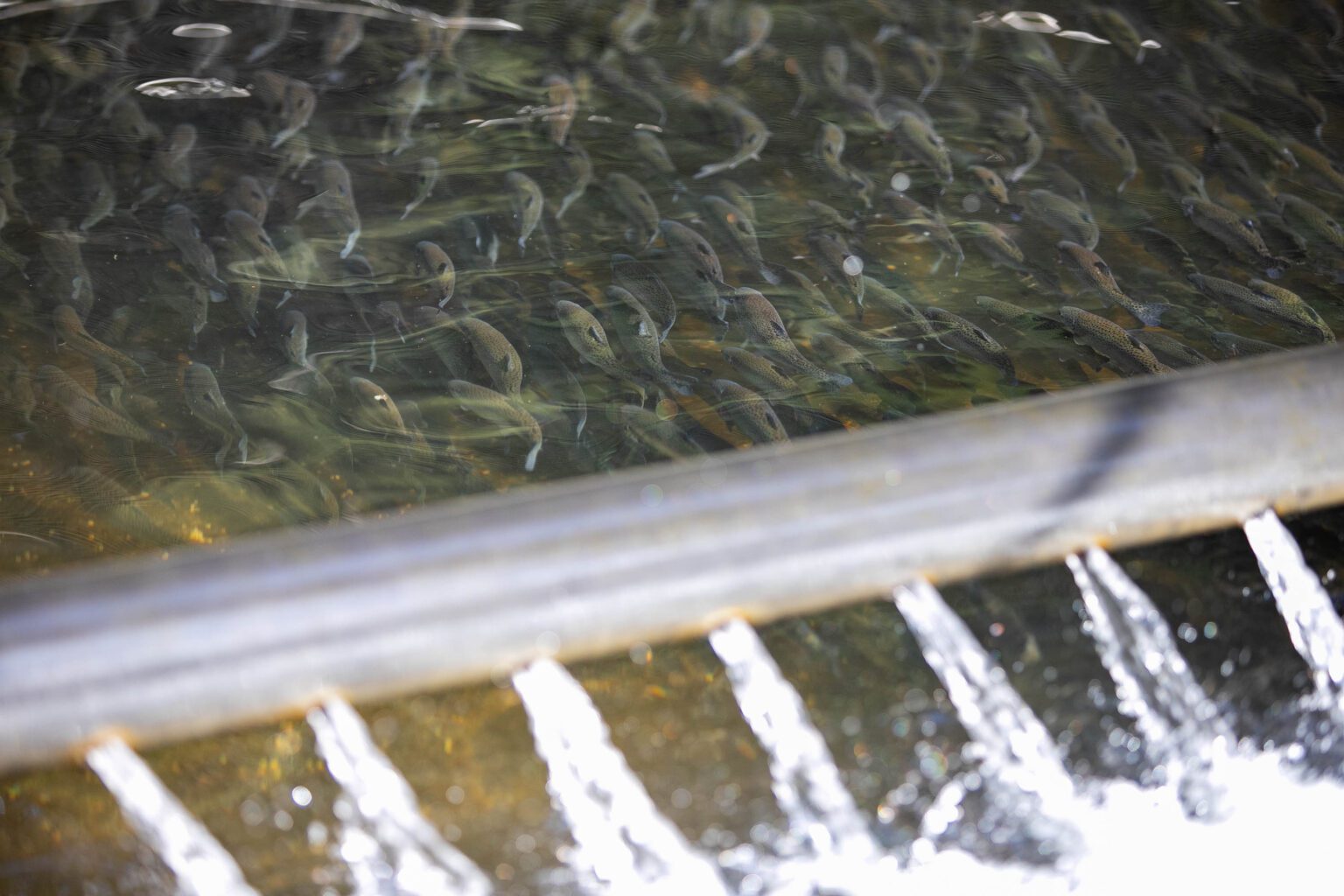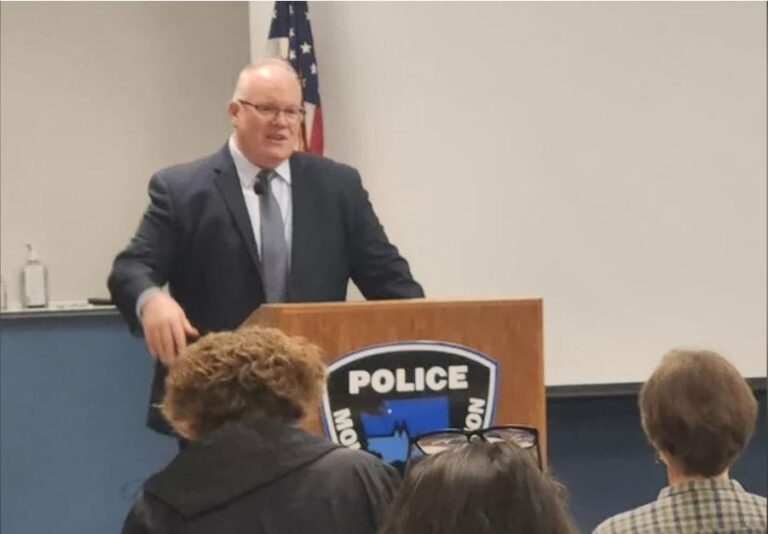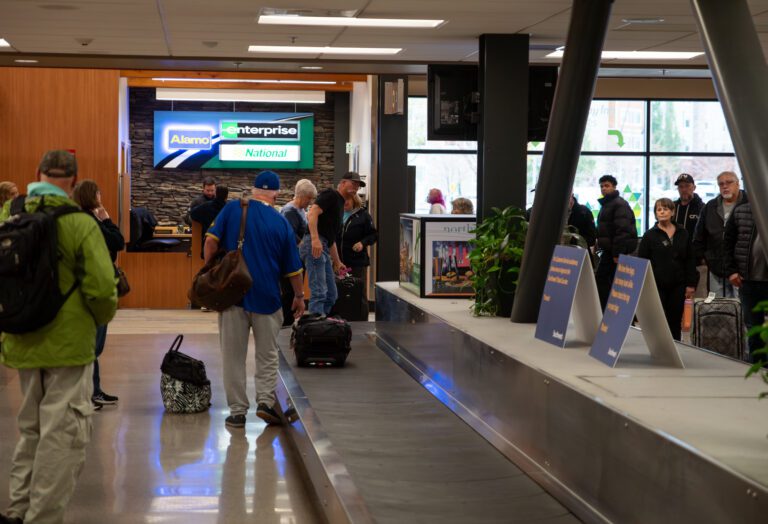The state Fish and Wildlife Commission is considering the future of hatchery management as wild salmon populations continue to struggle and hatchery-raised fish fail to meet the growing demand.
Commissioners from across the state met for four days last week in Anacortes, where they hammered out planning and operations for the department for the next several months. During the meeting, commissioners discussed land management, wildlife populations and hatchery operations Saturday afternoon, April 8.
Washington has one of the largest hatchery systems in the U.S. The Department of Fish and Wildlife (WDFW) operates and manages dozens of them, producing millions of fish every year. Currently, the state has a management plan in place for anadromous salmon and steelhead fish in hatcheries — referred to as 3624 — which was adopted in April 2021 after almost three years of work.
That plan, though, was developed without input from Washington treaty tribes.
“In that policy — 3624 — there was a statement that we would work towards developing a co-manager policy,” said Ken Warheit, chief scientist at the fish program for WDFW. “We have been working on this draft co-manager policy for about a year and a half now.”
On Saturday, Warheit presented details about the draft co-manager policy, answered questions from commissioners and outlined the State Environmental Policy Act (SEPA) process for the policy.
The draft policy will apply to all co-managed anadromous salmon and steelhead programs in the state, and emphasizes tribal treaty rights — in place since the 1800s and fortified by the Boldt Decision — alongside “scientifically sound” policies.
While 3624 remains in place, commissioners wondered if the co-manager policy was necessary, or if it sufficiently emphasized environmental concerns.
“Why do we need to shift to this policy, as opposed to sticking with 3624?” asked commissioner Tim Ragen, a former Western Washington University professor and marine biologist. “In 3624, it’s clear that conservation is first. In this [co-manager] policy, it’s not so clear.”
Other commissioners, including Melanie Rowland, a former attorney for the National Oceanic and Atmospheric Administration, echoed Ragen’s concerns. The two questioned how the proposed policy emphasized conservation over the economy.
Though hatchery fish help prop up salmon populations for fishing and treaty requirements, the fish can pose challenges to wild salmon, including habitat competition and illness. Leaders are questioning hatcheries’ efficacy as new science emerges, and considering how to balance the needs of local economies, treaty rights and the environment.
“There are some commissioners that have a different opinion than other commissioners about what the policy should look like,” Warheit said on April 10. “A lot of the questions were comparing the two policies.”
Several commissioners believe 3624 emphasized conservation and recovery, while the draft co-manager policy emphasized harvest, Warheit said, though he added there’s a lot of nuance and history to be considered, and one plan doesn’t necessarily emphasize conservation more than another.
The co-manager plan would not necessarily replace the existing 3624 policy, Warheit said.
“The two policies can coexist, but not for a particular hatchery program,” he said. That hatchery program, he said, is when specific fish species are bred throughout the year.
Saturday was the first opportunity for the entire commission to discuss the draft policy. Only three or four members from the nine-person commission participated in drafting the language for the proposal alongside representatives from tribes — a process that took more than 18 months.
Commissioners have not made any decisions about the draft policy, other than to submit it for SEPA determination through the state. Commissioners will next meet in June, and Warheit said that meeting will lead to a more clear path forward.
“The theme for the June meeting, even prior to Saturday’s meeting, was to talk about these risks and benefits of hatchery production,” Warheit said.




